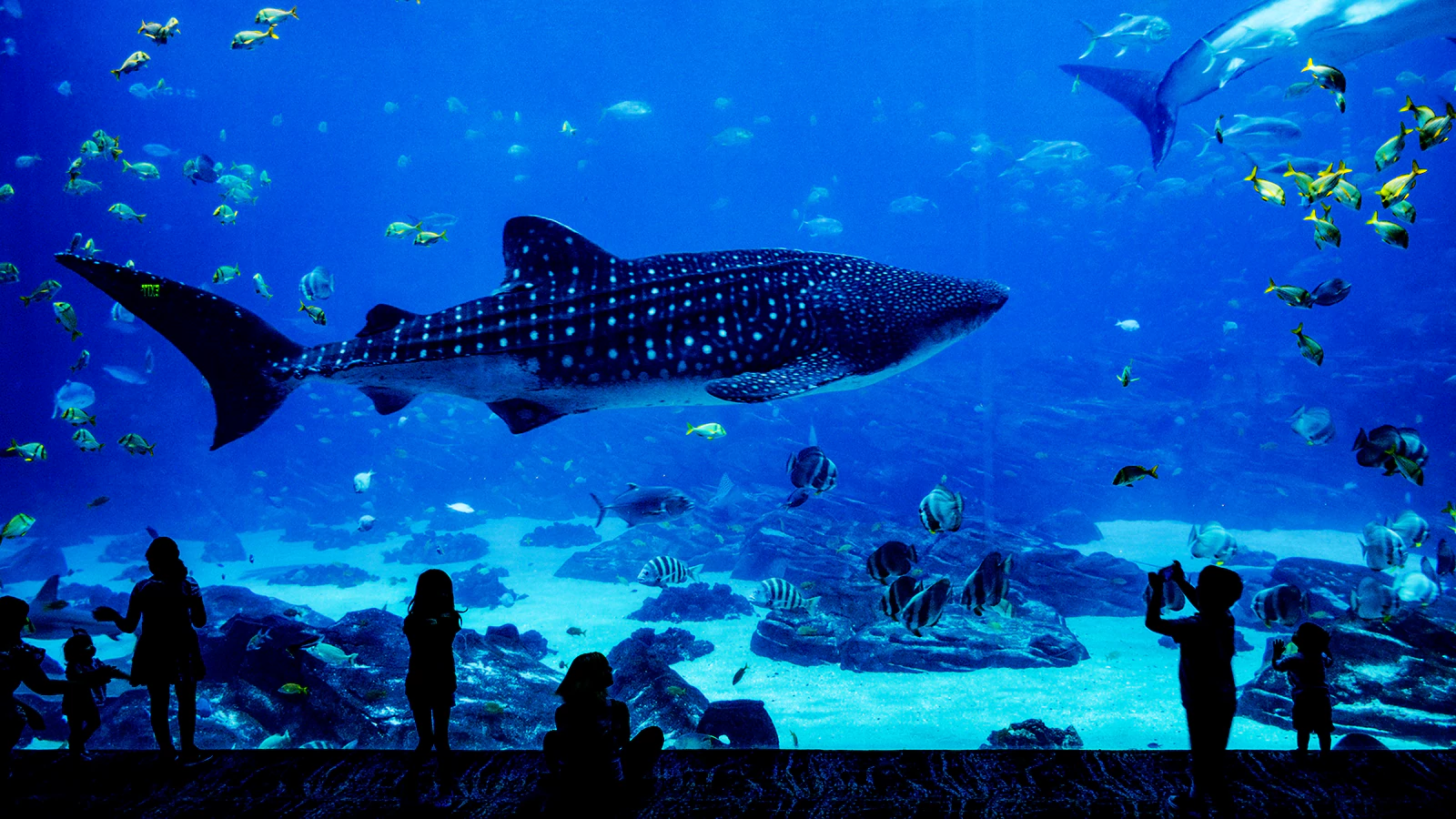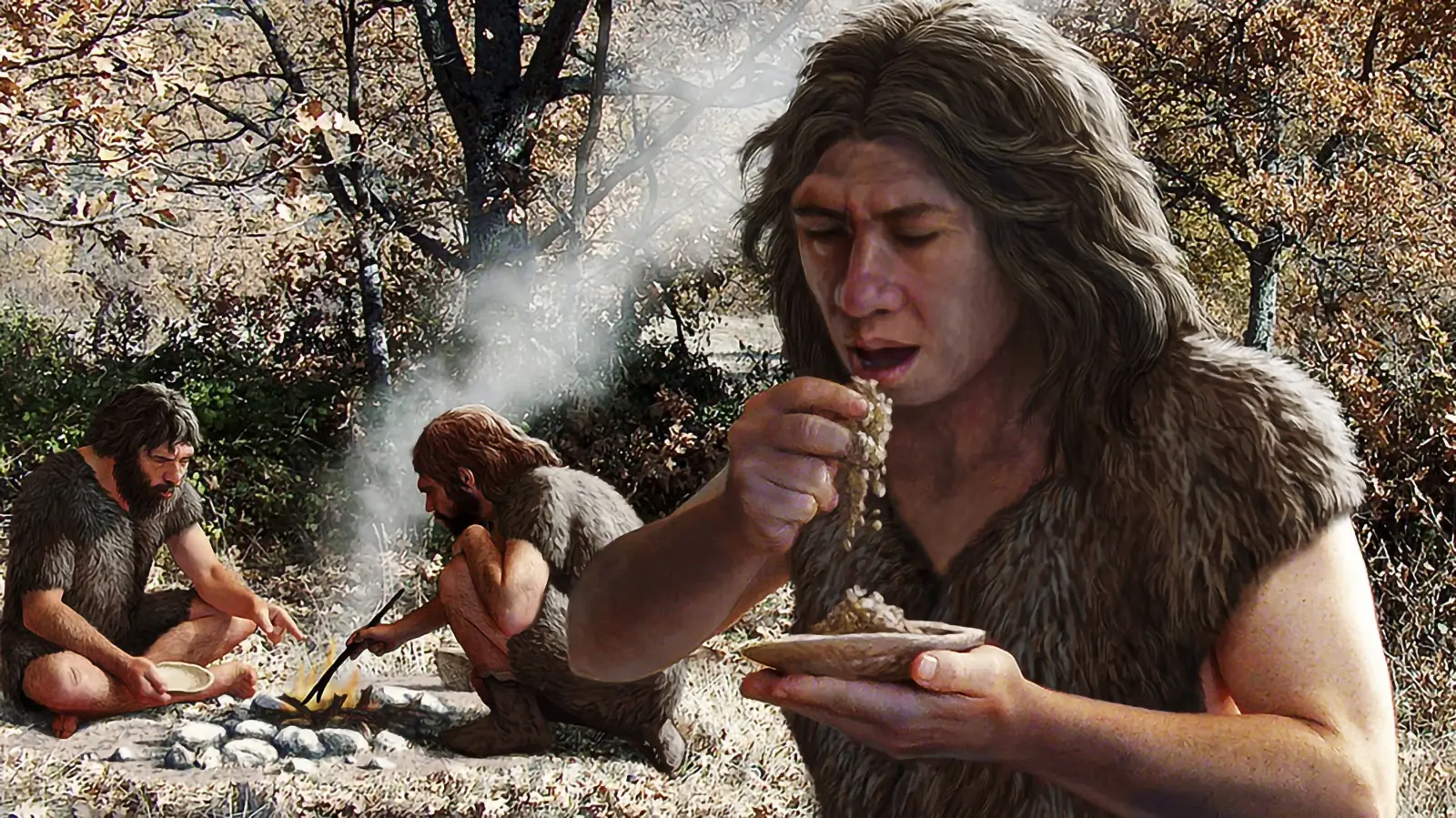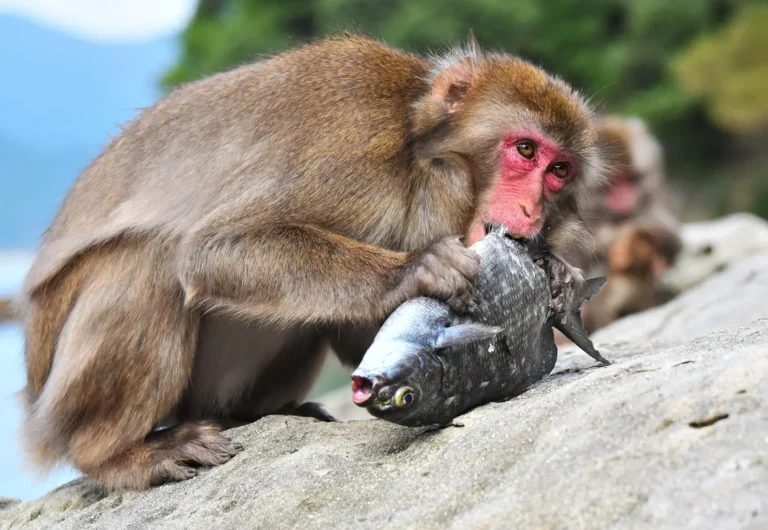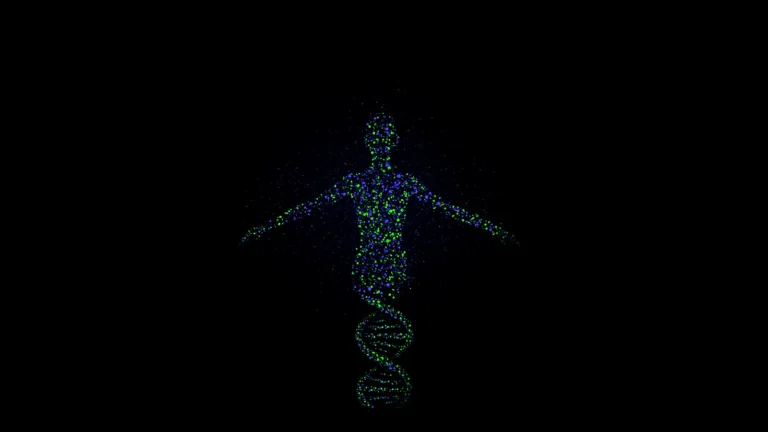Carnism- The psychology of meat consumption
Meat-eating or Carnism is the culture that is learned. Carnivores would eat any meat no matter what it is. We would only eat a few animals that we deem as food.
Milos Pokimica
Written By: Milos Pokimica
Medically Reviewed by: Dr. Xiùying Wáng, M.D.
Updated May 7, 2023Carnism is a word that Melanie Joy, Ph.D. used to define the value system and norms that define the dominant meat-eating culture. Meat-eating or Carnism is the culture that is learned.
Actual carnivores would eat any meat no matter what it is. In our system, we would eat only a few animals that we deem as food. For example, would you eat your dog? The average intelligence of the pig is at the level of a 3-year-old child, and the pig is more intelligent than a dog. A pig is a very smart animal. Do we think that dog meat does not have a good taste? In China, for example, they do eat dogs.
So why don’t we eat them? Why not human meat? Do we think that human meat does not have good taste? In the words of Alexander Pearce, an Irish convict notorious for cannibalizing his fellow prison escapees:
“Man’s flesh is delicious, it tastes far better than fish or pork.”
Alternatively, how about this:
“It was like good, fully developed veal, not young, but not yet beef. It was very definitely like that, and it was not like any other meat I had ever tasted… It was mild, good meat with no other sharply defined or highly characteristic taste such as for instance, goat, high game, and pork have.”
– William Seabrook, an explorer who ate a human rump steak on a trip to West Africa.
In more recent times science presenter Greg Foot was trying to get to the secret of what human flesh tastes like in an experiment with BritLab for the BBC. Unfortunately, it is illegal to eat our own flesh. Having the understanding that it is illegal the entire end goal was to experience some resemblance of the taste. They performed a biopsy of Greg’s leg muscle and settled for the aroma of his cooked flesh. The aroma of the flesh can account for up to 80 percent of our sensation of taste. They put the cooked human meat in an aroma analyzing machine and did the smell test. In Greg’s words, his leg muscle smelled like beef stew. Analysis of the leg muscle showed that it is very similar in composition to both chicken and beef. It is about half of the muscle we found in chicken breast and has similar muscle fiber we found in cuts of beef. In the end, they created a ground meat mixture of different animal meets to recreate the fibers they found in the biopsy of his leg and made a fake human burger.
Cannibalism is thoroughly documented around the world, from Amazon Basin to the Congo, Fiji, and the Maori people of New Zealand. It is not a modern invention, and in some cultures, it is normal. There is ceremonial ritual cannibalism also. In the modern world, it was still practiced in Papua New Guinea as of 2018 in ceremonial rituals and war ceremonies in various Melanesian tribes. Neanderthals are believed to have practiced cannibalism. Anatomically modern humans may have also eaten Neanderthals.
On smaller farms, slaughter is always done with bare hands without anesthesia. Same with any other animal. Male chicks do not lay eggs and don’t grow quickly enough so after hatching they are selected and put into a grinding machine while still alive. Females are sent to a hot blade to remove part of the chick’s beaks. After debeaking, birds are put into cages where they are going to spend the rest of their lives confined in tiny spaces. Because of selective breeding, they grew to be so large so quickly that many suffer crippling leg disorders and chronic joint pain. At the slaughter, plant birds are snapped upside down into moving shackles by their legs and then pulled across a blade which slices their throats.
The truth is that we do not really care or ever would. Humans have selective empathy. We may feel bad for dogs but not for pigs.
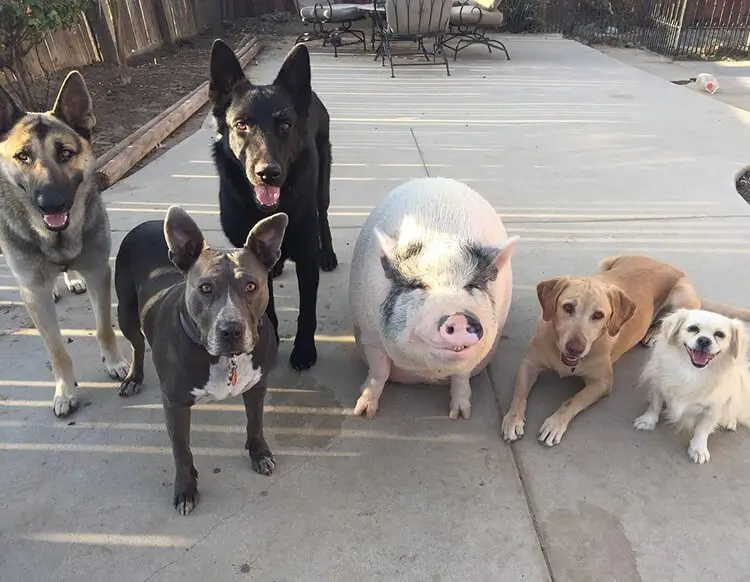
Dr. Melanie Joy calls it a gap in our consciousness, the block of awareness. A form of denial or self-defense mechanism.
She talks about three ends of justification. Eating meat is healthy, normal, and necessary.
However, what we think is normal is just the social structure of the dominant culture. For most of the time of entire human existence, slavery was normal, natural, and necessary. Even in the Christian Middle Age Europe with the inquisition, slavery was normal and natural. Slave trade was even necessary for the economy of the newly acquired territories of the new world. There are just “savages” that run naked. Well for most of human history running naked was running naturally. That is what is called selective awareness.
Clothing is a modern invention also. What is natural also represents the dominant cultural interpretation of history. Murder, rape, infanticide, abortion, and child sacrifice were all-natural for most of human history.
Patterns of behaviors are usually the same and do not change. Only selective awareness changes for justification of behavior.
In the end, just in case you may have some idea of rescuing some piglets, today it is not just breaking and entering and stealing. In 2008 the FBI wrote: “Together, eco-terrorists and animal rights extremists are one of the most serious domestic terrorism threats in the U.S. today.” The U.S. is so concerned with animal rights extremism that there is specific legislation for them: The Animal Enterprise Terrorism Act (AETA). No other terrorist act targets a specific ideology.
Many people in the vegan community believe that the treatment of animals is a social justice issue. That is exactly what for example Dr. Melanie Joy teaches in her lectures. The problem is that justice depends on our perception of norms. The more we will learn the more we understand the nature of human existence. And there is nothing evil about it. Existentialism is the force that drives all animals and evolution. Self-preservation, self-interest no matter what.
What some people from vegan communities do not understand is that selective awareness is not just a defense mechanism. It is an evolutionary instinctive subconscious self-preservation instinct.
The only reason, for example, we do not eat dogs is not because we somehow culturally learned not to, but because we had more use of them alive. It is self-interest again. We have used dogs for hunting to catch other animals, and we used them as some form of primitive alarm system. They will bark when a bear or wolf or another human or Neanderthal cross into our territory because wolfs are territorial animals and dog, is part of the human pack now.
The tendency we have to not eat cats is not that we learned it culturally. It is because they are a form of primitive pest control. Cats tend to eat rats, so we had more benefits from domesticating them instead of eating them. In time behavior merges with our culture and became integrated into social norms. The same reason we do not like pigs is that they do not bark, they do not catch rats, and they don’t do anything. We have no benefits from them, they are “stupid”, and we are going to eat them. If we try to milk them, that will not be good also because they are relatively small. Cattle, in contrast, are larger so no pig milk for us.
The only reason we even have civilization is that primitive hominids like Homo erectus had more benefits from cooperating than living as lone wolves on their own. Hominins also had communities because they benefited the individual. Even a beta male will tolerate the alpha male not because it feels good to be beaten but because it is more beneficial for him to be beta than to go lone wolf and die. Everything ever conducted by any animal including humans comes down to preservation instinct and existentialism. And then it became part of cultural norms.
References:
Passages selected from a book: Pokimica, Milos. Go Vegan? Review of Science Part 1. Kindle ed., Amazon, 2018.
Do you have any questions about nutrition and health?
I would love to hear from you and answer them in my next post. I appreciate your input and opinion and I look forward to hearing from you soon. I also invite you to follow us on Facebook, Instagram, and Pinterest for more diet, nutrition, and health content. You can leave a comment there and connect with other health enthusiasts, share your tips and experiences, and get support and encouragement from our team and community.
I hope that this post was informative and enjoyable for you and that you are prepared to apply the insights you learned. If you found this post helpful, please share it with your friends and family who might also benefit from it. You never know who might need some guidance and support on their health journey.
– You Might Also Like –

Learn About Nutrition
Milos Pokimica is a doctor of natural medicine, clinical nutritionist, medical health and nutrition writer, and nutritional science advisor. Author of the book series Go Vegan? Review of Science, he also operates the natural health website GoVeganWay.com
Medical Disclaimer
GoVeganWay.com brings you reviews of the latest nutrition and health-related research. The information provided represents the personal opinion of the author and is not intended nor implied to be a substitute for professional medical advice, diagnosis, or treatment. The information provided is for informational purposes only and is not intended to serve as a substitute for the consultation, diagnosis, and/or medical treatment of a qualified physician or healthcare provider.NEVER DISREGARD PROFESSIONAL MEDICAL ADVICE OR DELAY SEEKING MEDICAL TREATMENT BECAUSE OF SOMETHING YOU HAVE READ ON OR ACCESSED THROUGH GoVeganWay.com
NEVER APPLY ANY LIFESTYLE CHANGES OR ANY CHANGES AT ALL AS A CONSEQUENCE OF SOMETHING YOU HAVE READ IN GoVeganWay.com BEFORE CONSULTING LICENCED MEDICAL PRACTITIONER.
In the event of a medical emergency, call a doctor or 911 immediately. GoVeganWay.com does not recommend or endorse any specific groups, organizations, tests, physicians, products, procedures, opinions, or other information that may be mentioned inside.
Editor Picks –
Milos Pokimica is a health and nutrition writer and nutritional science advisor. Author of the book series Go Vegan? Review of Science, he also operates the natural health website GoVeganWay.com
Latest Articles –
Top Health News — ScienceDaily
- Why consciousness exists at allon December 15, 2025
Consciousness evolved in stages, starting with basic survival responses like pain and alarm, then expanding into focused awareness and self-reflection. These layers help organisms avoid danger, learn from the environment, and coordinate socially. Surprisingly, birds show many of these same traits, from subjective perception to basic self-awareness. This suggests consciousness is far older and more widespread than once believed.
- AI found a way to stop a virus before it enters cellson December 15, 2025
Researchers discovered a hidden molecular “switch” that herpes viruses rely on to invade cells. By combining AI, simulations, and lab experiments, they identified and altered a single amino acid that shut down viral entry. What once might have taken years was achieved far faster using computational tools. The findings open new possibilities for designing future antiviral treatments.
- New study shows some plant-based diets may raise heart disease riskon December 15, 2025
Researchers tracking over 63,000 adults found that high-quality, minimally processed plant foods significantly reduce cardiovascular risk. But when those plant foods are ultra-processed, the advantage disappears—and can even backfire. Some ultra-processed plant diets increased risk by 40%. The study urges a shift toward whole, naturally nutrient-rich plant foods.
- These simple habits could make your brain 8 years younger, study findson December 15, 2025
New research shows that your brain’s “true age” can shift dramatically depending on how you live, with optimism, restorative sleep, stress management, and strong social support acting like powerful anti-aging tools. Using advanced MRI-based brain-age estimates, scientists found that people with multiple healthy lifestyle factors had brains up to eight years younger than expected — even among those living with chronic pain.
- Anxiety and insomnia linked to sharp drops in key immune cellson December 15, 2025
Natural killer cells act as the immune system’s rapid-response team, but the stress of anxiety and insomnia may be quietly thinning their ranks. A study of young women in Saudi Arabia found that both conditions were linked to significantly fewer NK cells—especially the circulating types responsible for destroying infected or abnormal cells. As anxiety severity increased, NK cell levels dropped even further, suggesting a stress-driven weakening of immune defenses.
- Cannabis compounds show unexpected power against ovarian canceron December 15, 2025
Scientists have discovered that key compounds from cannabis—CBD and THC—show surprisingly strong effects against ovarian cancer cells. Used together, they slow cell growth, reduce colony formation, and may even block the cancer’s ability to spread. Even more promising, the treatment caused minimal harm to healthy cells and appears to work by restoring a disrupted signaling pathway that fuels tumor growth.
- Mayo Clinic neurosurgeon reveals 8 back pain myths to stop believingon December 15, 2025
Back pain is wrapped in persistent myths, but many are far from the truth. From misconceptions about heavy lifting and bed rest to confusion over posture, exercise, and surgery, Dr. Meghan Murphy breaks down what really causes pain and what actually helps. Her insights reveal that everyday habits, movement, and smart prevention often make a bigger difference than people realize.
PubMed, #vegan-diet –
- Healthful and Unhealthful Plant-Based Diets and Their Association with Cardiometabolic Targets in Women Diagnosed with Breast Cancer: A Cross-Sectional Analysis of a Lifestyle Trialon December 11, 2025
CONCLUSIONS: Maintaining cardiometabolic risk factors within normal ranges is clinically relevant in BCS, and this may be more likely when a plant-based diet is consumed, especially if low in unhealthy plant foods.
- Dietary and Lifestyle Patterns and Their Associations with Cardiovascular and Inflammatory Biomarkers in Vegans, Vegetarians, Pescatarians, and Omnivores: A Cross-Sectional Studyon December 11, 2025
Background: Plant-based diets are associated with reduced cardiometabolic risk, yet the influence of lifestyle behaviors on these benefits remains insufficiently understood. Objective: To assess the combined impact of dietary patterns and lifestyle behaviors on body composition, lipid profiles, and inflammatory biomarkers in healthy young adults. Methods: In this cross-sectional study, 155 participants aged 18-39 years were categorized into four dietary groups: vegans (n = 48), vegetarians (n […]
- Functional and Nutritional Properties of Lion’s Mane Mushrooms in Oat-Based Desserts for Dysphagia and Healthy Ageingon December 11, 2025
Hericium erinaceus (Lion’s Mane mushroom) is a medicinal species recognised for its neuroprotective and antioxidant properties. This study investigated its potential as a functional ingredient in oat milk-based desserts formulated for individuals with dysphagia. Freeze-dried Lion’s Mane powder (LMP), containing high-quality protein (~16%, amino acid score 88%), dietary fibre (~31%), and phenolic compounds (72.15 mg GAE/g), was incorporated at varying levels using gelatin or iota-carrageenan […]
- “A football team with no midfield”: A qualitative analysis of anti-vegan stigma in Italyon December 7, 2025
A growing body of research has demonstrated the prevalence of unfavourable attitudes towards individuals who adhere to a vegan diet and has provided empirical evidence to support the existence of an anti-vegan ideology. The present study aims to contribute to extant knowledge by examining the social perception of veganism and vegans in Italy. Italy is a nation characterised by a traditional culture of food that serves as a significant catalyst for collective identification and national pride….
- Plant-based dietary index on the Mediterranean and a vegan diet: a secondary analysis of a randomized, cross-over trialon December 5, 2025
CONCLUSION: These findings suggest that, replacing animal products even with the “unhealthful” plant-based foods on a vegan diet was associated with weight loss.
Random Posts –
Featured Posts –
Latest from PubMed, #plant-based diet –
- Identification of effective plant-based oils for use in aquafeed: An evaluation of impact on gamete quality and developmental success using zebrafish (Danio rerio) as a screening organismby Seyed-Mohammadreza Samaee on December 14, 2025
To evaluate the effectiveness of zebrafish as a screening system for identifying appropriate plant oils (POs) for aquafeed, Artemia nauplii (AN) were enriched with three single- cultivar olive oils (OO): Koroneiki, Parseh, and Arghavan. The resulting AN (ANKor, ANPar, ANArg, and AN36 [36 h starved AN, control]) were then fed to 360 fish (3.5 cm) for one month. The fatty acid (FA) profile of the AN was reflected in the ova and influenced both sperm motility and density, which in turn affected […]
- The Effect of Dietary Interventions on Human Vascular Function in the Context of Acute Psychological Stress: A Scoping Reviewby Rosalind Baynham on December 14, 2025
Episodes of acute psychological stress increase the risk for cardiovascular diseases, partially through stress-induced impairments in vascular function. During psychologically stressful periods, individuals are more likely to consume unhealthy foods and fewer fruits and vegetables. Yet, the impact of dietary choices and their nutritional composition on vascular function in the context of psychological stress is unclear. In this scoping review, comprehensive database searches were carried out […]
- Plant-based diets, gut microbiota, blood metabolome, and risk of colorectal, liver and pancreatic cancers: results from a large prospective cohort study of predominantly low-income Americansby Fangcheng Yuan on December 14, 2025
CONCLUSIONS: A diet high in healthy plant foods and low in animal foods was inversely associated with liver cancer risk and with CRC risk among screening-naïve participants. These associations may be partly mediated through gut microbiota and systemic metabolism.
- Vegetarian diet and likelihood of becoming centenarians in Chinese adults aged 80 years or older: a nested case-control studyby Yaqi Li on December 14, 2025
CONCLUSIONS: Targeting individuals of advanced age (80+ years) in China, we found that individuals following vegetarian diet had lower likelihood of becoming centenarians relative to omnivores, underscoring the importance of a balanced high-quality diet with animal- and plant-derived food composition for exceptional longevity, especially in the underweight oldest-old.
- Priority of nutrition and exercise in depression management: triangulating mini-review of past and recent evidence with clinical practice guidelinesby Shannon Rogers on December 14, 2025
CONCLUSIONS: Disparities that exist in leading depression management guidelines vis-à-vis inclusion of evidence-informed nutrition and PA/PE recommendations, warrant reconciliation. Evidence supporting anti-depressant WFPB nutrition and limiting pro-inflammatory animal-sourced food and UPF and supporting anti-inflammatory aerobic exercise and resistance training warrants being translated into national/international depression management guidelines as consistently as recommendations for…
- The effect of a diet based on vegetable and dairy protein on biochemical and functional indicators of sarcopenia in patients with liver cirrhosis: a randomized controlled trialby Mahdiyeh Taghizadeh on December 13, 2025
CONCLUSIONS: In conclusion, a vegetable and dairy protein-based diet effectively inhibited significant elevations in ammonia levels compared to the standard diet in persons with liver cirrhosis; however, anthropometric parameters and muscle function did not differ between two groups.

